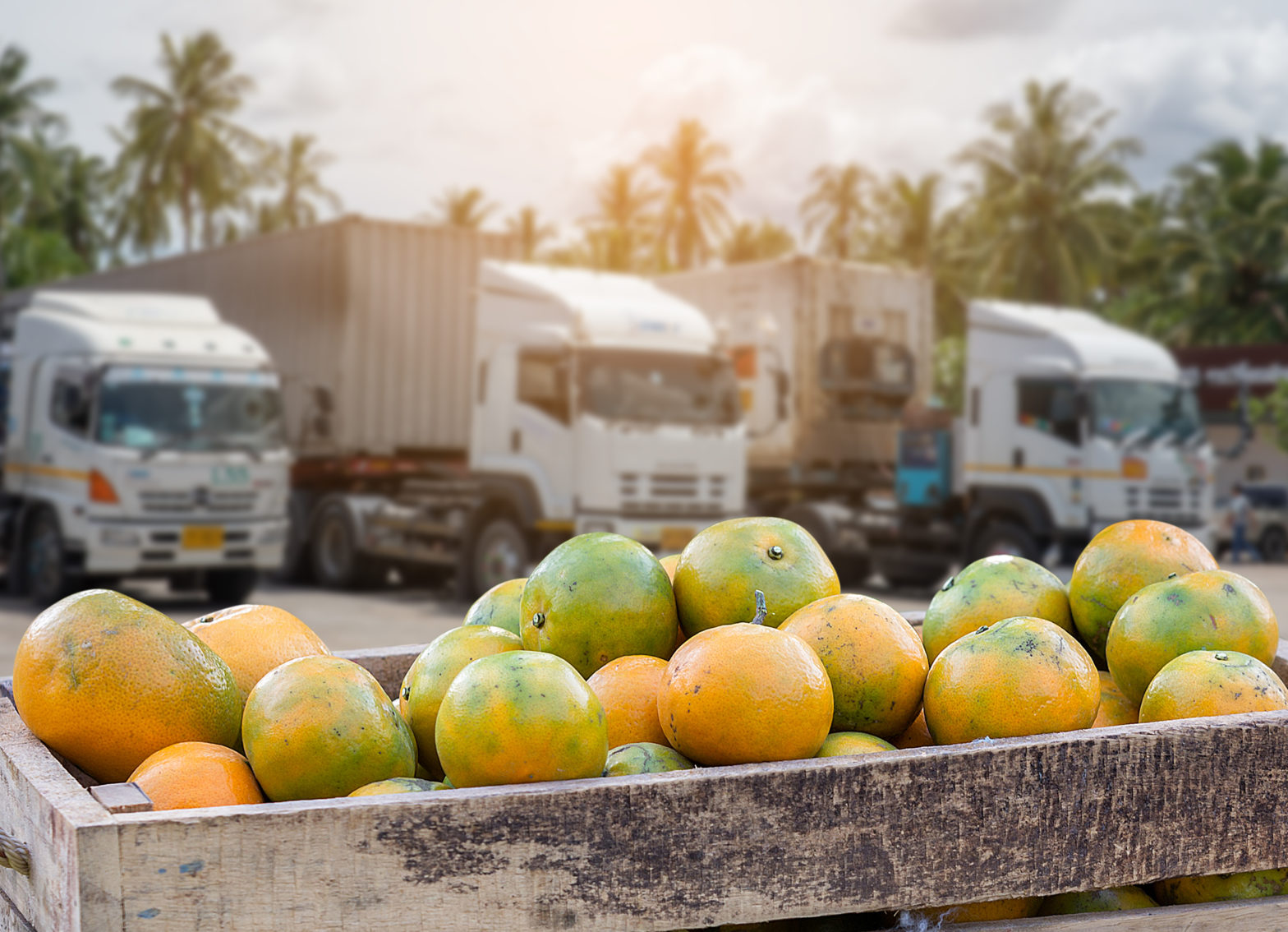
If you’ve got the ears, podcasts may just be what you’re looking for if you want to understand how the US food supply chain works, and learn about new cooking ideas in the midst of the current pandemic. Note: a video and article about the food supply chain is included as well. And if you are concerned about farm products going to waste, check your local/agriculture agency websites – they may be following the lead of some states who are linking consumers with farmers so food doesn’t go to waste.
The food supply chain in a pandemic
Videos & Articles
Why is perfectly good food being wasted across America? (Dr. Oz, 3:38 video): A look at the food supply chain, including a nice visual about how there are really two food supply chains in the US.
The pandemic’s possible effects on the US food system: This article recognizes that staple crops such as wheat and rice won’t see disruption because they are harvested mechanically, limiting human contact. Apples and strawberries are two examples that could be affected by a continuing pandemic in different ways – apples due to lack of seasonal workers, leaving trees unplanted or unpruned; and strawberries due to close contact by workers picking the berries. One California Cooperative Extension farm adviser notes that some farmers are already discussing distancing strategies. Distancing may mean fewer workers picking berries needed during a small window at their peak, leaving fruit unpicked in fields and lower farmer profits. Other possible effects of the pandemic are shared.
Podcasts
Understanding the food supply (Freakonomics, April 12,2020, 48 minutes): What happens when everyone stays home to eat? Grocery store shortages, dairy farmers dumping milk, infected or quarantined meat processing workers, food price increases, diverting food to groceries and food banks… this is a deep dive into the current and future food supply.
How strong is the food supply chain? (Here and Now, NPR/WBUR, April 15, 2020, 9 minutes): Egg price increases, more avocados available (it seems cruises, now idled, use a lot of them), some states allowing restaurants to repackage/label food for the public, as well as the future food supply.
The Coronavirus and America’s Food Supply Chain (On Point, April 15,2020, 47 minutes): The episode begins with a look at the closing of the S.D. Smithfield Foods pork processing plant (5% of all pork produced in the U.S. goes through this plant) and possible effects downstream (some South Dakota pork producers may have nowhere to send their pigs for processing). Later in the episode is a detailed look at the food supply chain with Michael Pollan and his ideas to improve it. One grocery store employee noted this concern: having WIC foods available when other customers are buying them. Interesting datapoint shared: about 30% of our food is imported – might we see disruptions there? And as the food supply continues to be strained, will we see fewer choices at the grocery store, such as one kind of milk on shelves?
Food cooking ideas
Podcasts
Home Cooking (4-part series): Samin Nosrat, author of “Salt, Fact, Acid, Heat,” answers submitted cooking questions and offers cooking ideas
Your Dinner Options Hiding In Your Pantry (Bite, Mother Jones, March 20, 2020, first 19 minutes): A focus on using what you have on-hand and transforming your recipes. One chef’s idea: make a “house” meal – a meal that has components everyone at the table can eat and is quick to prepare.
What to cook during a pandemic (MPR News, March 30, 2020, 27 minutes): Melissa Clark, food writer, shares ideas include adding umami with the use of some canned fish, using lentils because they cook quicker than beans (different colors have different flavors), and what can be frozen.
For children
Mystery Recipe (America’s Test Kitchen Kids): Each episode, you guess the ingredient, learn how boys and girls use the ingredient in their recipes, and more. Most episodes are 15 minutes or less. Each recipe builds to a mystery recipe cook-along. (Note: Ads for parents included.)
